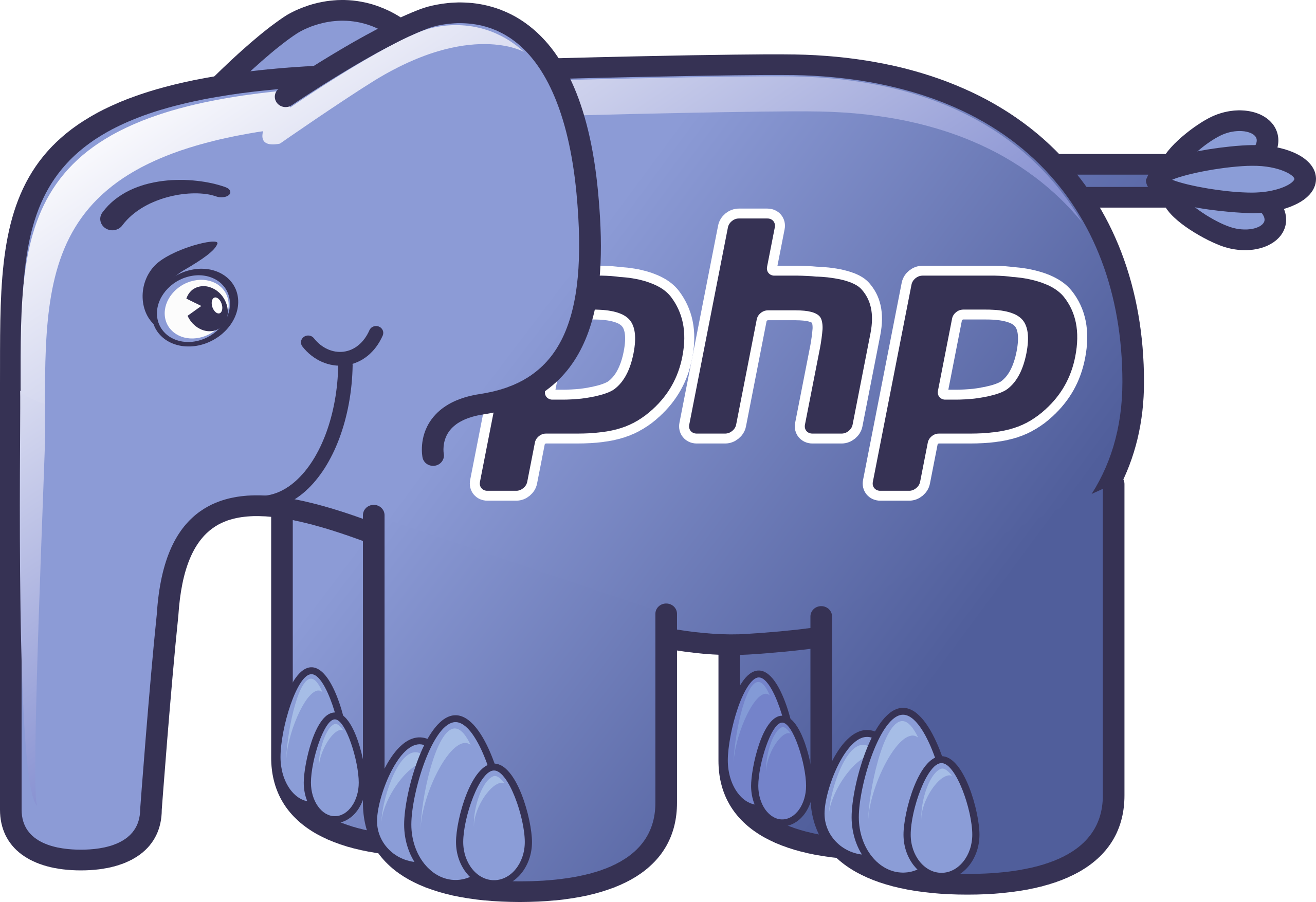Php
What is PHP?
PHP (Hypertext Preprocessor) is a widely-used open-source server-side scripting language designed primarily for web development. It can be embedded into HTML, making it particularly suited for creating dynamic web pages. PHP code is executed on the server, generating HTML that is sent to the client’s browser.
What It’s Used For
PHP is versatile and can be used for various purposes:
- Web Development: PHP is commonly used to build dynamic websites and web applications. It processes server-side logic and interacts with databases to generate web pages dynamically.
- Content Management Systems (CMS): Many popular CMS platforms, such as WordPress, Joomla, and Drupal, are built using PHP. These platforms allow users to manage website content easily without needing extensive programming knowledge.
- E-commerce Platforms: PHP powers many e-commerce solutions like Magento and WooCommerce, providing functionality for online stores, including product management, shopping carts, and payment processing.
- Web Services: PHP is used to create APIs (Application Programming Interfaces) that allow different applications to communicate and exchange data.
- Database Management: PHP can interact with various databases (like MySQL, PostgreSQL) to handle data operations such as storage, retrieval, and manipulation.
- Server-Side Scripting: PHP handles tasks on the server before the page is sent to the user, such as form processing, session management, and file handling.
Institutions That Use PHP
PHP is utilized across various sectors and institutions:
- Tech Companies: Many technology firms use PHP for developing web applications and platforms. Companies like Facebook and Wikipedia have utilized PHP in their tech stacks.
- Educational Institutions: Universities and colleges use PHP to develop educational platforms, student management systems, and online learning tools.
- Government Agencies: Government websites and services often use PHP for web development due to its flexibility and ease of use.
- Nonprofits: Many nonprofit organizations use PHP-based systems to manage their websites, donation platforms, and community outreach tools.
- Businesses: From small businesses to large enterprises, PHP is used to develop company websites, intranets, and customer-facing applications.
Security and Vulnerabilities
Security:
- Access Control: PHP provides mechanisms to handle user authentication and authorization, though the implementation quality depends on the developer.
- Data Sanitization: Proper data sanitization and validation are essential in PHP to prevent common vulnerabilities like SQL injection and cross-site scripting (XSS).
- Secure Configuration: PHP allows for secure configurations, such as disabling dangerous functions and controlling error reporting to prevent sensitive information leakage.
- Regular Updates: PHP is actively maintained, with security patches and updates released to address vulnerabilities and improve security.
Vulnerabilities:
- SQL Injection: PHP applications that interact with databases can be vulnerable to SQL injection attacks if they do not use prepared statements or proper escaping techniques.
- Cross-Site Scripting (XSS): Improper handling of user input can lead to XSS attacks, where malicious scripts are executed in the user’s browser.
- Remote Code Execution: Vulnerabilities in PHP code or server configurations can potentially allow attackers to execute arbitrary code on the server.
- Deprecated Functions: Using outdated or deprecated PHP functions can expose applications to security risks. It is important to stay updated with the latest PHP versions and best practices.
Resources
Here are some useful resources for learning more about PHP:
- PHP Official Website – The main site for PHP, including downloads, documentation, and news.
- PHP Manual – Comprehensive documentation covering PHP functions, features, and usage examples.
- PHP The Right Way – A community-driven guide to best practices and modern PHP development.
- W3Schools PHP Tutorial – An interactive tutorial for learning PHP from basics to advanced topics.
- PHP Security Best Practices – Recommendations and guidelines for securing PHP applications.
This overview provides a detailed understanding of PHP, its uses, security considerations, and available resources for further learning.



